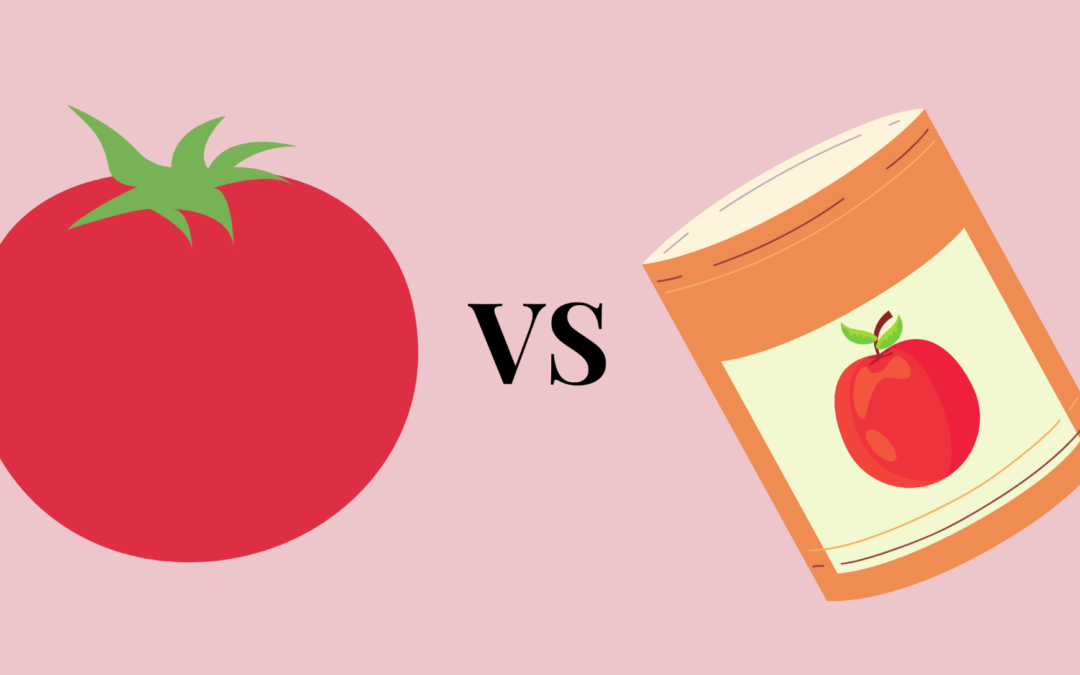
Is fresh really best? Here’s why canned tomatoes reign supreme.
Is fresh really best? Despite some common misconceptions, canned goods (like tomatoes) can be a more delicious, nutritious, and a more affordable option compared to their fresh counterparts. Here’s why you should consider adding some canned (or jarred) tomatoes to your grocery list.
Many people may be under the belief that while canned foods are convenient, they are lacking in nutrients. But is this thought process really true? Let’s break down the difference between fresh and canned tomatoes to see which one comes out on top.
Fresh Tomatoes
Tomatoes pack many beneficial health compounds–such as fiber and vitamins A and C–that are important for a healthy heart, as well as eyes, skin, and gums. Tomatoes also contain a powerful antioxidant and pigment called lycopene, which lends tomatoes their bright red color and contributes to heart health and cancer prevention.
While they may be available year-round, fresh tomatoes are often shipped over long distances in the winter or grown in heated greenhouses. It can take up to two weeks from field to fork to get fresh tomatoes when they are out of season, and they certainly won’t taste as good. While fresh tomatoes can add a flavorful bite to many dishes, they are best when they are in season. However, if you don’t have a garden and have to purchase fresh tomatoes, you might want to reserve them for dishes in which this texture really makes a difference (such as salads and sandwiches), as there’s no need to use fresh in dishes that feature cooked tomatoes.
Canned Tomatoes
Canned tomatoes are harvested at their flavor and nutrition peak and canned within just a few hours. Plus, they are quite affordable, meaning that this is a budget-friendly, easy, and convenient option for you and your family.
In addition to the affordability of canned tomatoes, they are rich in vitamins and minerals your body needs to function properly and can help boost energy and reduce the risk of certain diseases. In fact, studies have shown that canned tomatoes are even more nutrient-rich and environmentally-friendly than fresh tomatoes. And, as people continue to cook from the comfort of their own homes, canned tomatoes have grown in popularity thanks to their ease of use, high nutrition content, and a variety of forms (like tomato sauce, tomato paste, marinara sauce, salsa, and diced, stewed and whole tomatoes). Since fresh tomatoes can cost more–especially during the fall/winter/spring–you’re better off using canned/jarred tomato products for dishes in which the texture of fresh isn’t important, such as pasta dishes, pizza, lasagnas, curry, soups, stews, and casseroles and you want that PEAK of season flavor and nutrition.
What’s the verdict?
While fresh tomatoes can be eaten throughout the year, they are at their peak during summer; as such, it can be challenging to enjoy their ripeness during fall, winter, and spring. Conversely, canned tomatoes can be enjoyed all year round as an affordable, nutritious option that consistently delivers those delicious summer flavors whenever you need them.
Use this guide from Sharon Palmer, MSFS, RDN to help determine when it’s the right time to use canned or fresh tomatoes.
| Fresh | Canned | |
| Cost | 1.98 per pound, on vine organic* | .98 per 14.4oz can diced tomatoes** |
| Local Seasonality (U.S.) | Summer | Harvesting during the summer; available year-round |
| Flavor | Firm, plump, juicy, mild. Changes from one tomato to another. | Consistency! Higher concentration of flavor similar or sometimes better than fresh tomatoes based on the variety of tomato used and processing procedures |
| Cooking Suitability | SaladsSandwiches
Salsas Roasted Grilled Baked Kebabs Bruschetta
|
SoupsPastas
Salsas Pizzas Baked pasta dishes Marinades Chili Curries Stews Casseroles |
| Convenience | Wash, slice, and dice as needed | Open can and mix into dishes |
| *Based on price data, May 25, 2017, Walmart.com**Based on price data for Hunt’s, May 24, 2017, Walmart.com | ||
Learn more about why dietitians loved canned tomatoes with these articles:
Why Dietitians Won’t Bash Canned Tomatoes
Tomatoes: Fresh vs. Canned
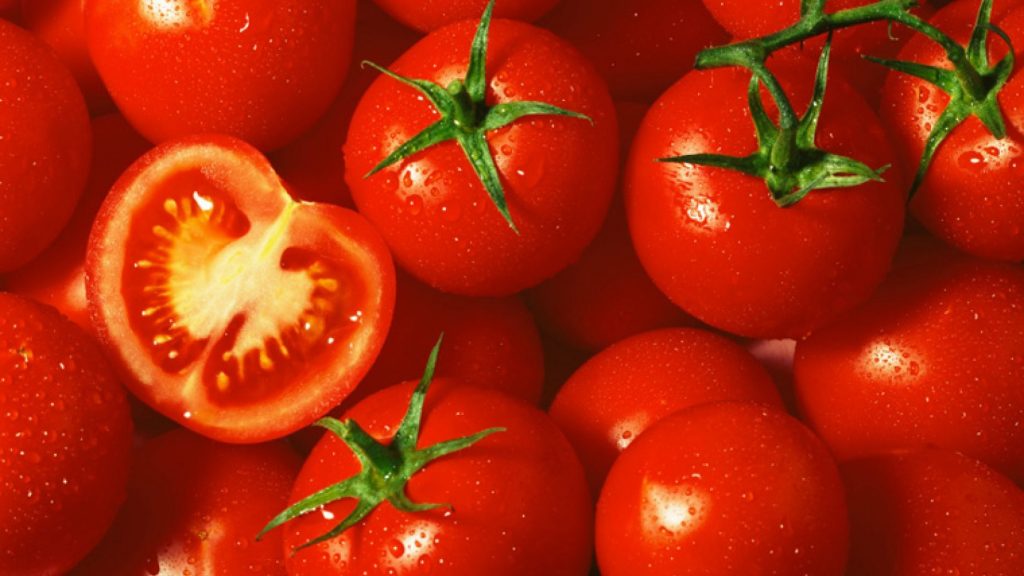
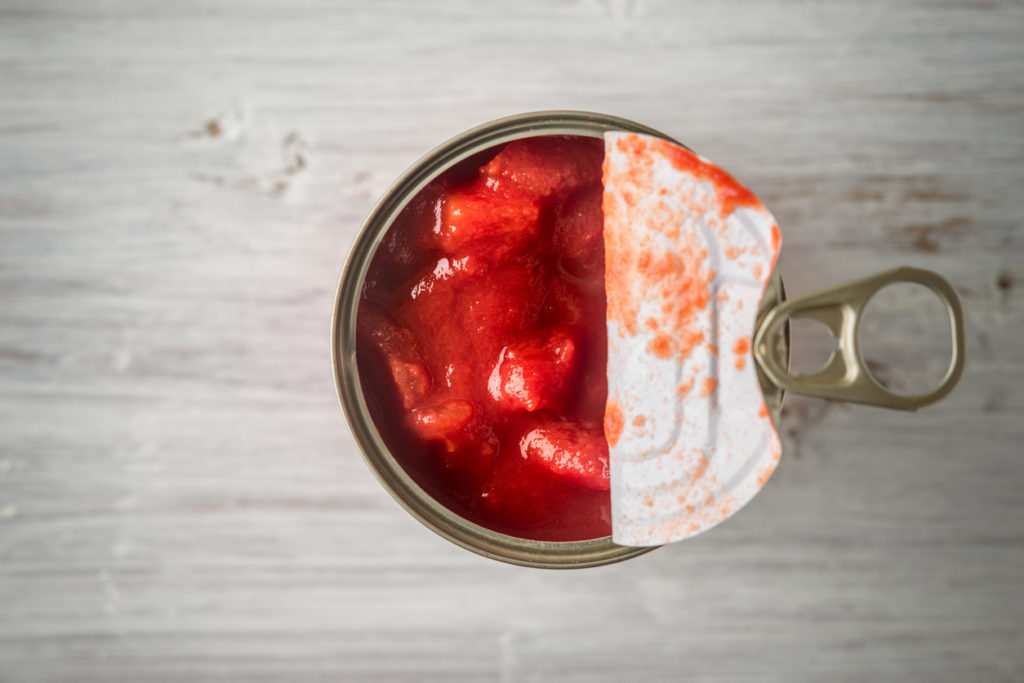
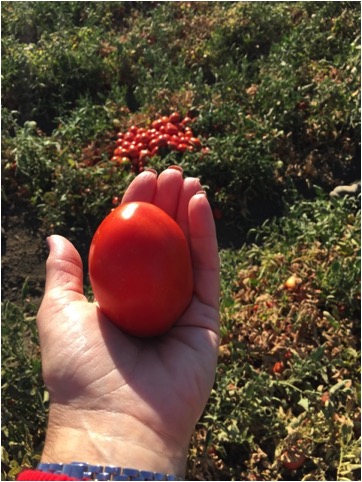
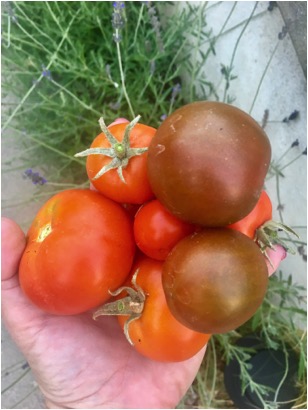
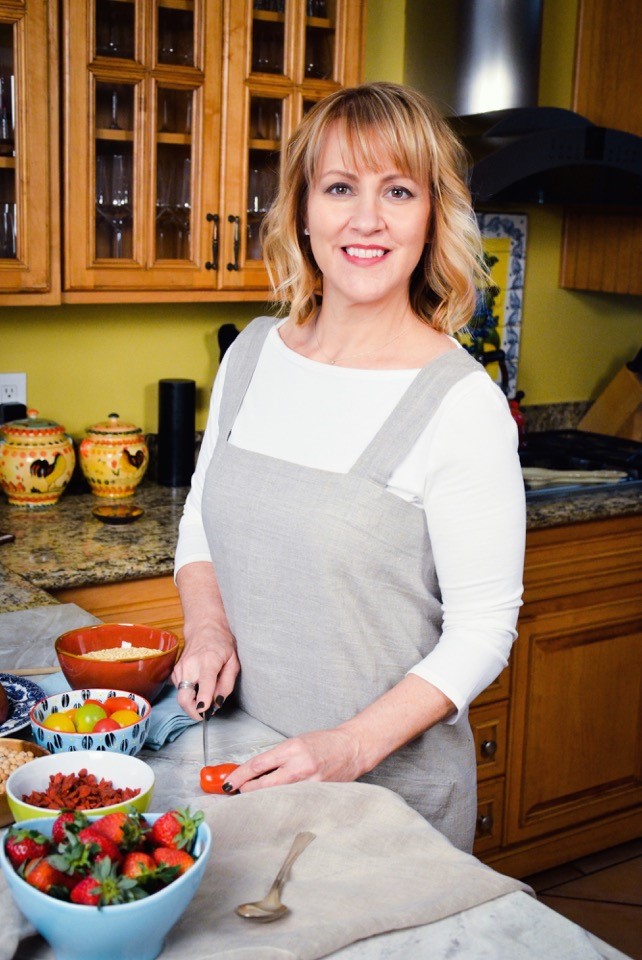

Recent Comments